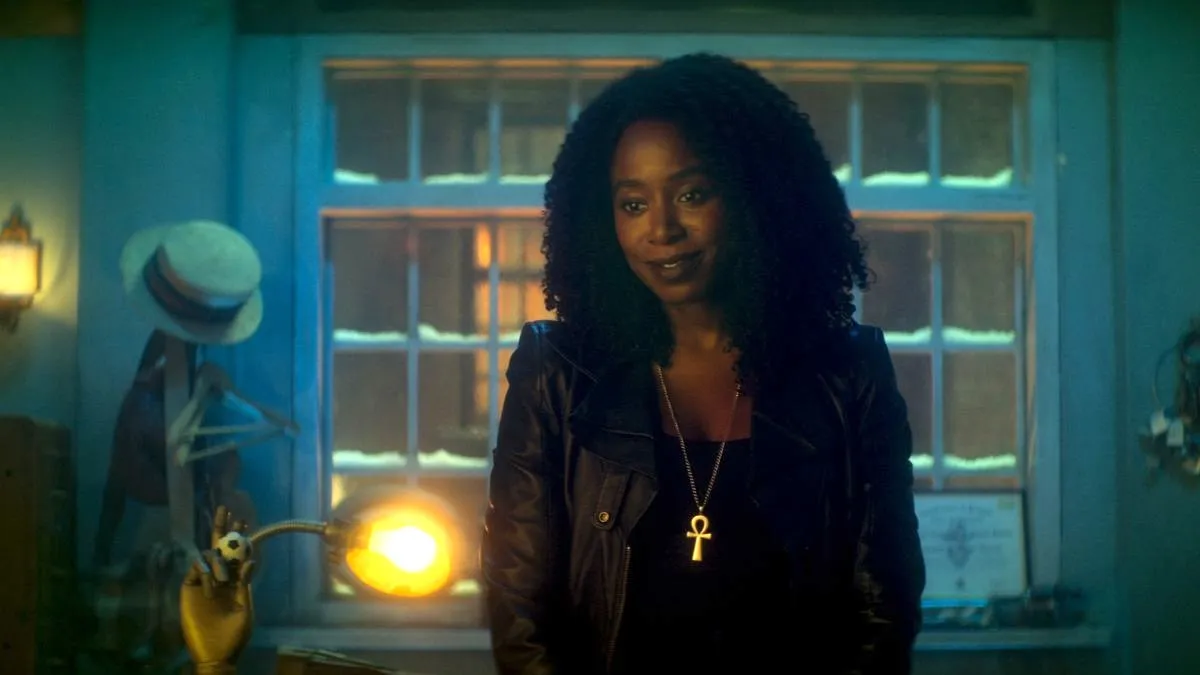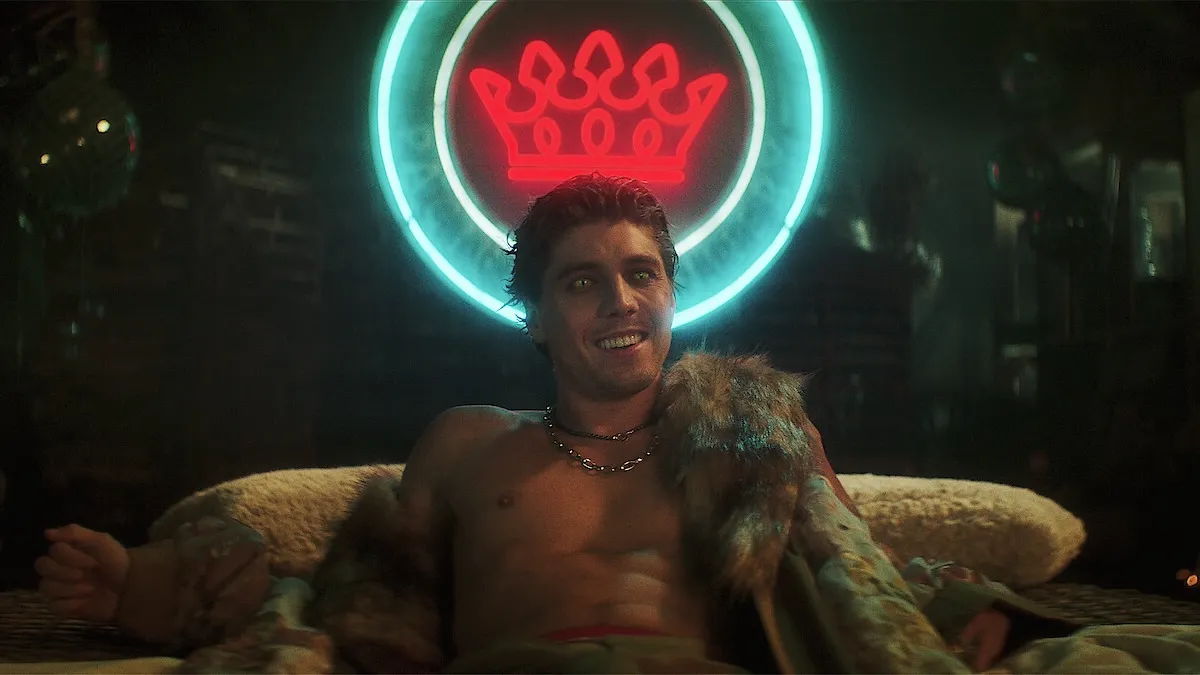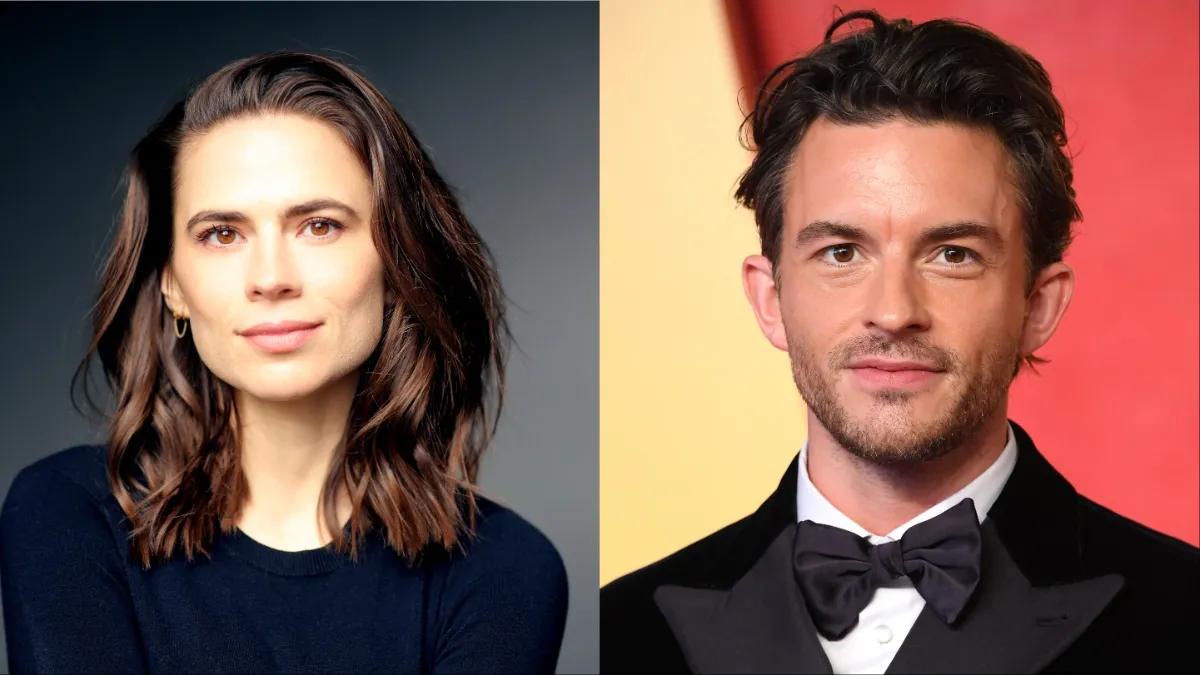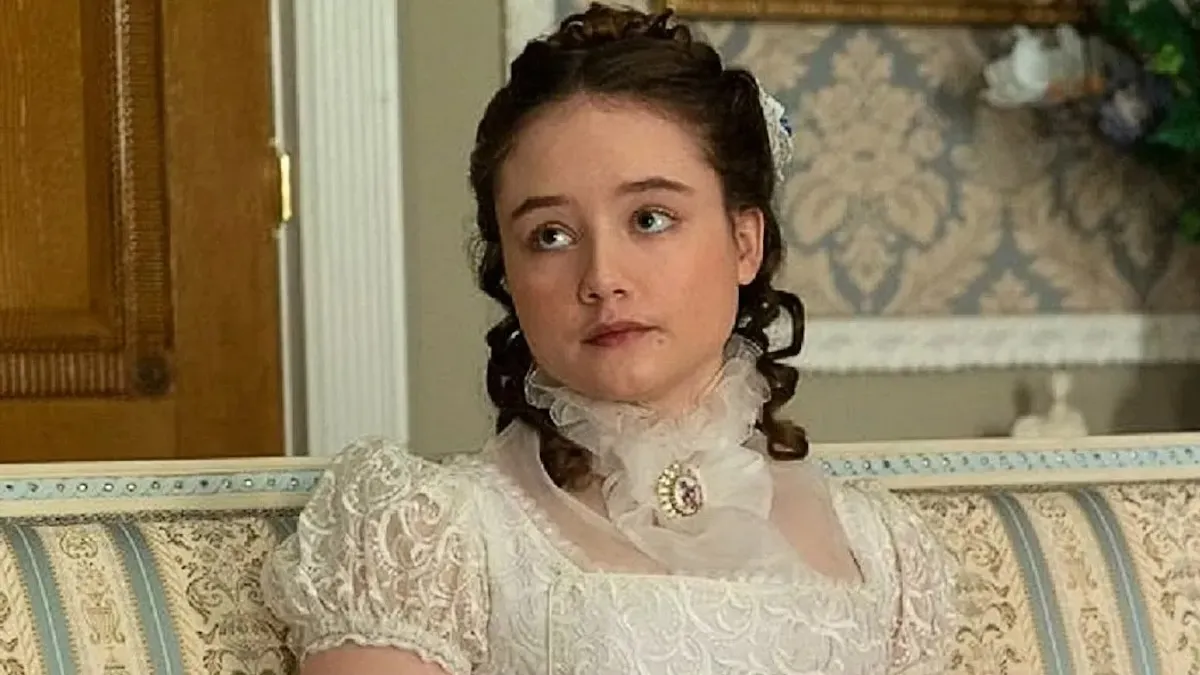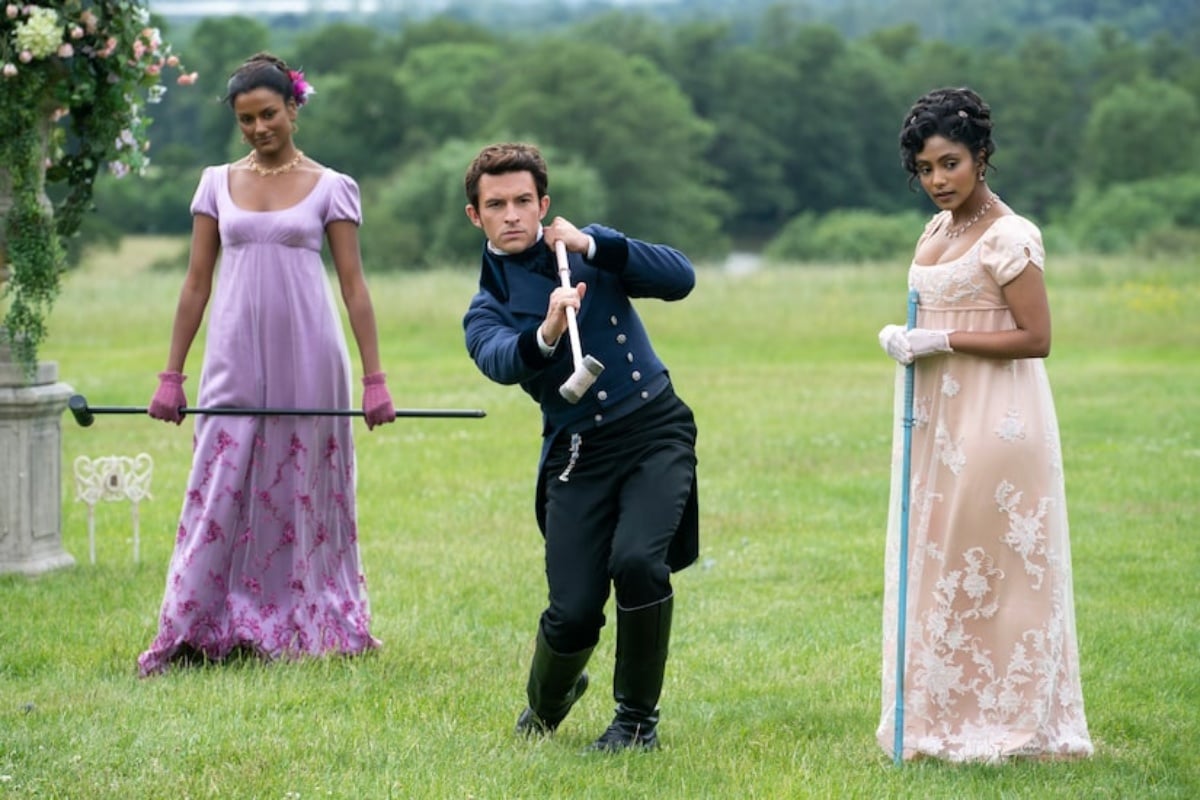There’s a lot of Star Trek out there, and it can be intimidating figuring out where to get started if you’re new to the franchise and don’t know your TOS from your Ent. With almost 60 years and 12 whole series’ worth of content, there’s a lot out there, but don’t worry: We’re here with a comprehensive guide to watching every Star Trek series in order.
There’s two options here: order of release, or attempting to construct some sort of in-world timeline where you can watch the events in the order that they happen—but given the mind bending time travel hijinks pretty much every ship gets up to, I can promise you, that way lies madness. Besides, tempting as the chronological version might be (because there have been attempts), if you take this route for your first watch, you won’t know what’s going on or who the characters are half the time, and you’ll have spoiled a lot of long-term plot arcs for yourself. Don’t do it, is what I’m saying. Just stick with the nice order-of-release approach we’ve laid out for you below.
Star Trek: The Original Series (TOS)
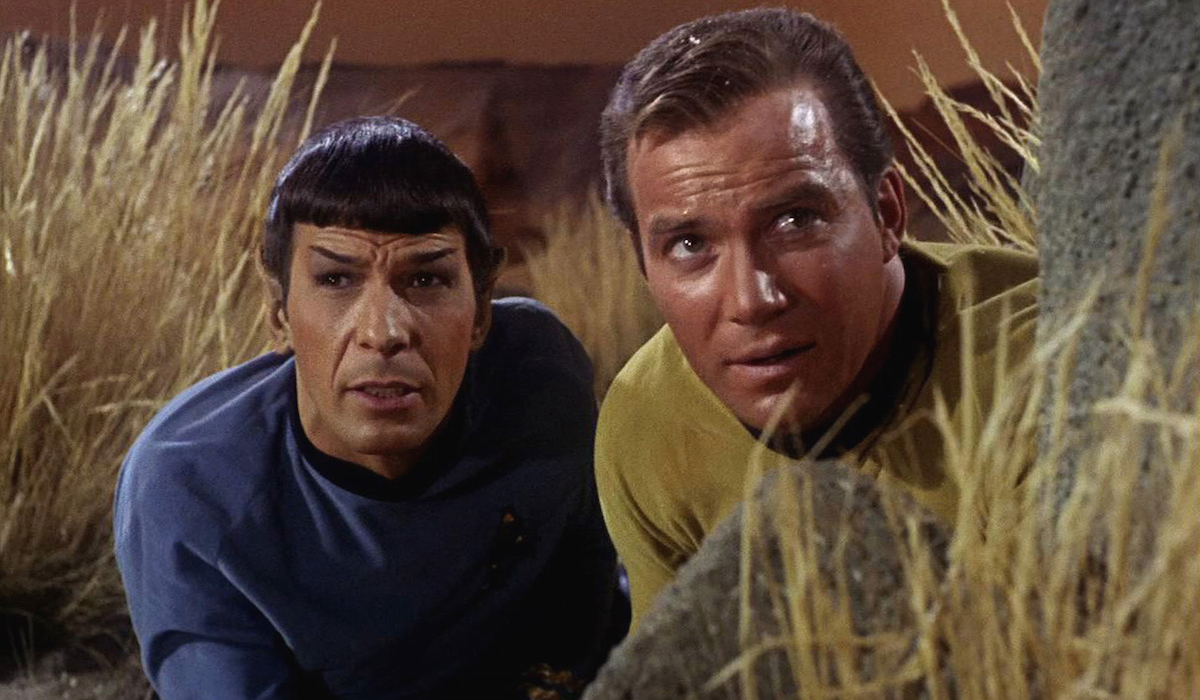
This is where it all began. Star Trek, the Original Series, is 80 episodes of sometimes campy madness. Featuring Greek gods, telepathic powers, and Captain Kirk (William Shatner)’s utter inability to keep his shirt on. Follow the crew of the Enterprise as they fight space Nazis, slip into the evil mirror-verse, and battle multiple hostile artificial intelligences. Roddenberry designed this series to emulate a Western in space and it really does feel like it, with stories and characters that are obviously offensive to a modern audience alongside ones that were highly progressive at the time. But because most of the episodes are self-contained, with very few overarching plot lines, you can skip occasional episodes if you want and won’t miss very much.
Star Trek: The Animated Series (TAS)
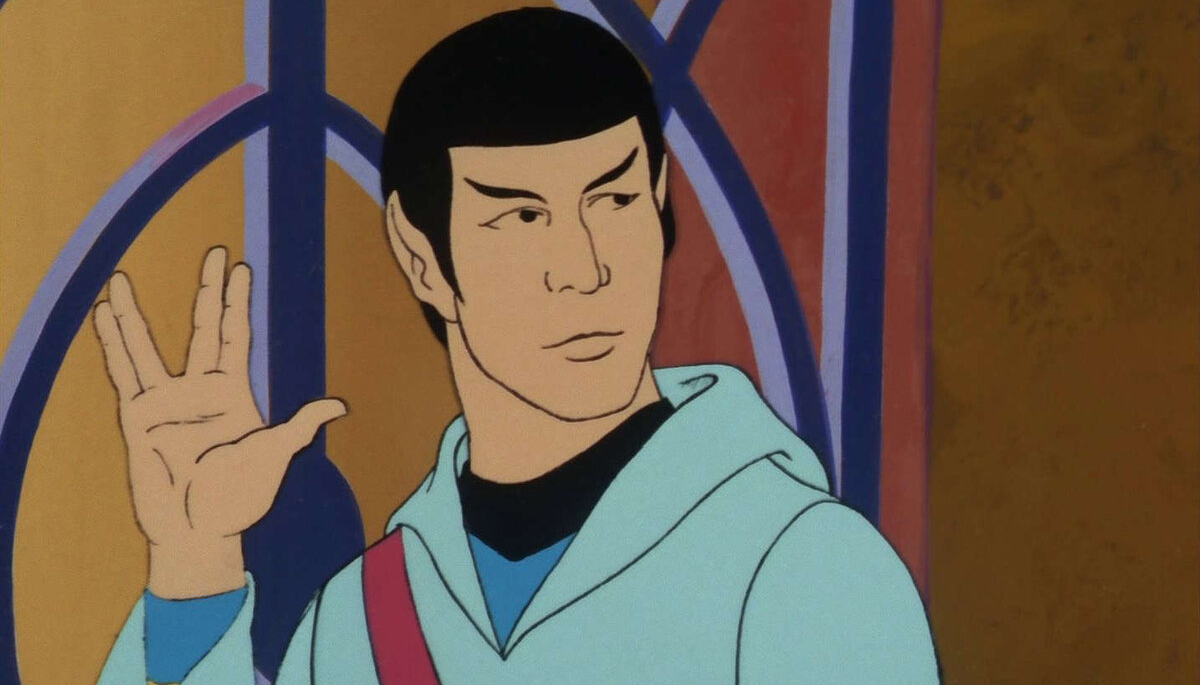
Picking up where TOS left off, Star Trek: The Animated Series is like TOS but wackier. It was originally intended to be canon but was later retracted—except that some parts of it still are canon and it’s not always clear which ones are and aren’t. It’s complicated, basically. But it’s a lot of fun to watch, and has the vibe of an old school Saturday morning cartoon, so it’s nostalgic, too.
Star Trek: The Next Generation (TNG)
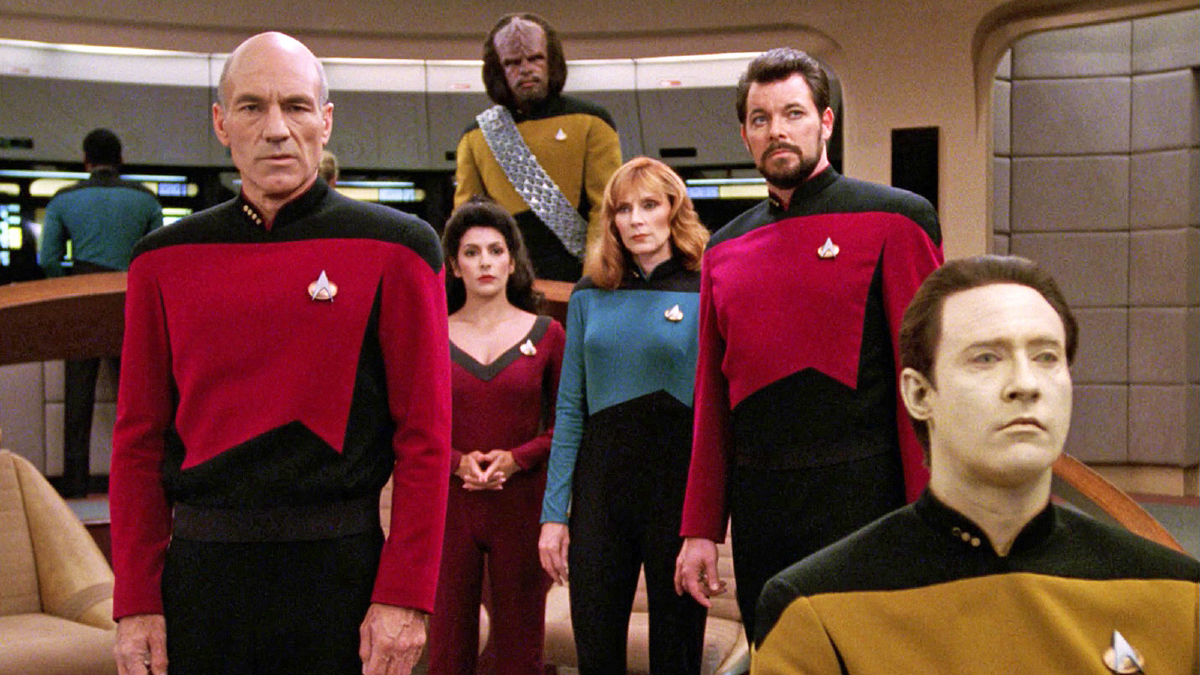
Star Trek’s triumphant return to live-action syndication, Star Trek: The Next Generation features everyone’s favorite space daddy, Captain Jean Luc Picard (Patrick Stewart). Continuing to boldly go, TNG introduces new species, more serialized story arcs, and for some reason switches the uniform colors around for command and operations, which always bothered me as a kid. It also introduces beloved android Data (Brent Spiner), kicking off the exploration of what defines sentience and personhood that’s a running theme through Star Trek.
Star Trek: Deep Space Nine (DS9)
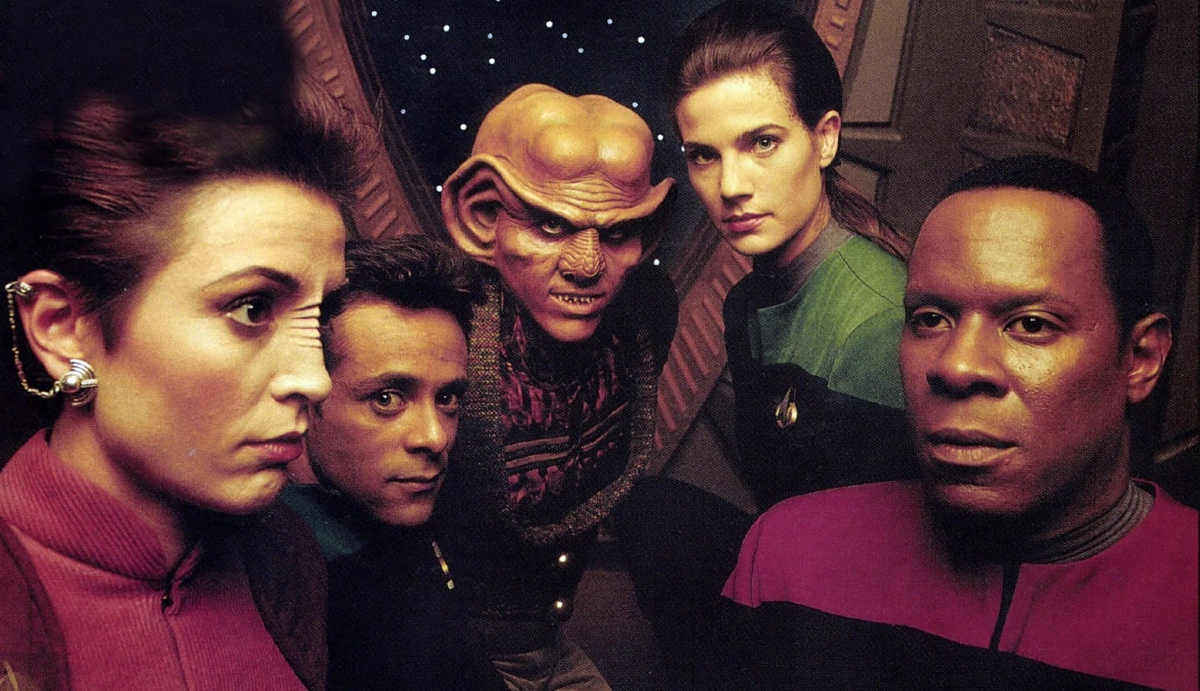
Unlike all the other Treks, Star Trek: Deep Space Nine takes place on a station, run by first Commander and then Captain Sisko (Avery Brooks), and while there is a ship—the Defiant, introduced in later seasons—the station remains the focal point of the action. Set in the aftermath of the Cardassian occupation of Bajor, Starfleet is given command over the former Cardassian station Deep Space Nine to act as both a deterrent to future Cardassian aggression, and prepare Bajor to join the United Federation of Planets. DS9 is a darker series, exploring the tensions between the Federation and less powerful, non-member worlds, the cultural imperialism Starfleet is prone to, and the long term impacts of colonialism and genocide. DS9 is always forcing the characters, and the viewer, to confront uncomfortable moral dilemmas, and face up to the fact that sometimes there isn’t an easy answer that lets everyone involved keep their hands clean.
Star Trek: Voyager (VOY)
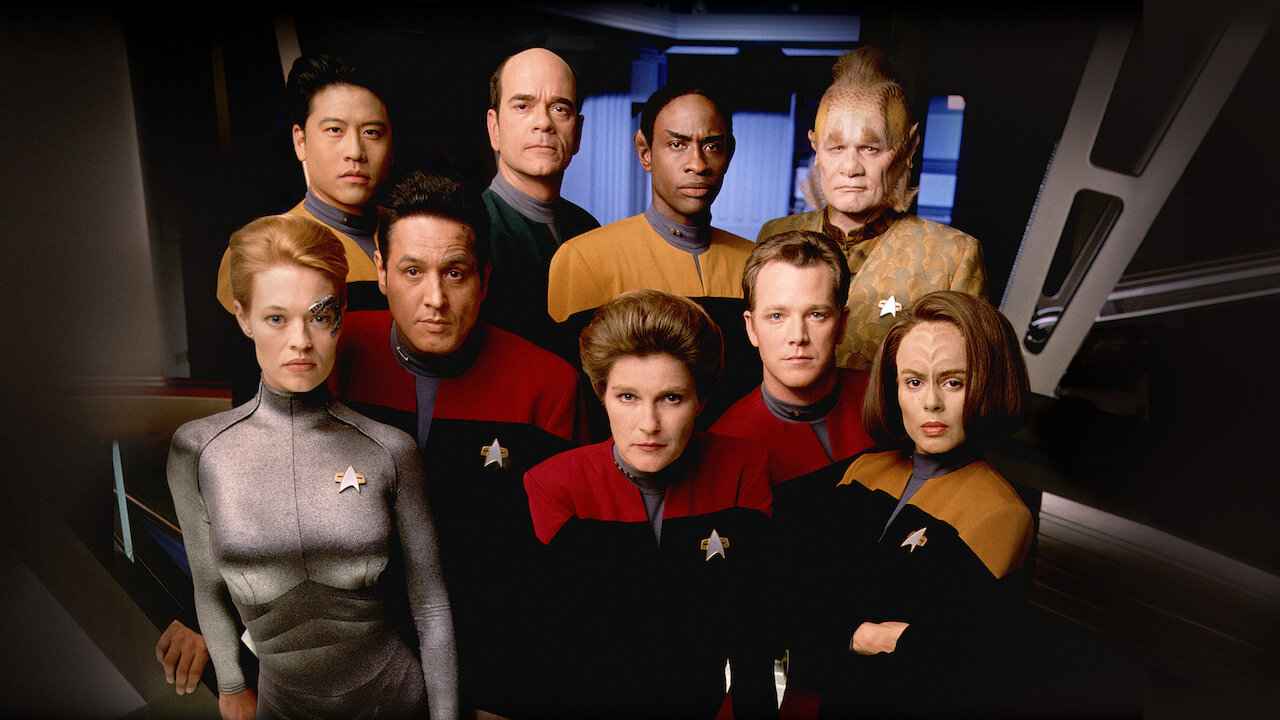
What was meant to be a short mission chasing after a ship full of Maquis into the Badlands became a years-long attempt to get home in Star Trek: Voyager, after an energy wave took both ships 70,000 light years across the universe into the Delta Quadrant. Starting around halfway through DS9, the series kicks off with a crossover episode where the Voyager crew visits the station before beginning their mission. Similarly to TOS, Voyager does a lot of “episode of the week” self-contained first contact missions, but there are overarching plots in addition to the central mission of getting everybody home.
Star Trek: Enterprise (ENT)

The post-9/11 jingoistic Trek, Star Trek: Enterprise imagines the early days of Starfleet and the birth of the Federation, with plenty of grave threats to Earth to justify grim, unethical behaviour. Routinely panned as the worst Trek, Enterprise goes hard on time travel plots, with the Temporal Cold War spanning several seasons, as well as introducing new (hostile) alien species. Enterprise featured regular first contact encounters, an explanation for the dramatic changes in appearance the Klingons underwent between TOS and TNG, and attempted a classic Star Trek anti-racism plotline that paved the way for Spock’s birth in the future.
Star Trek: Discovery (DIS)
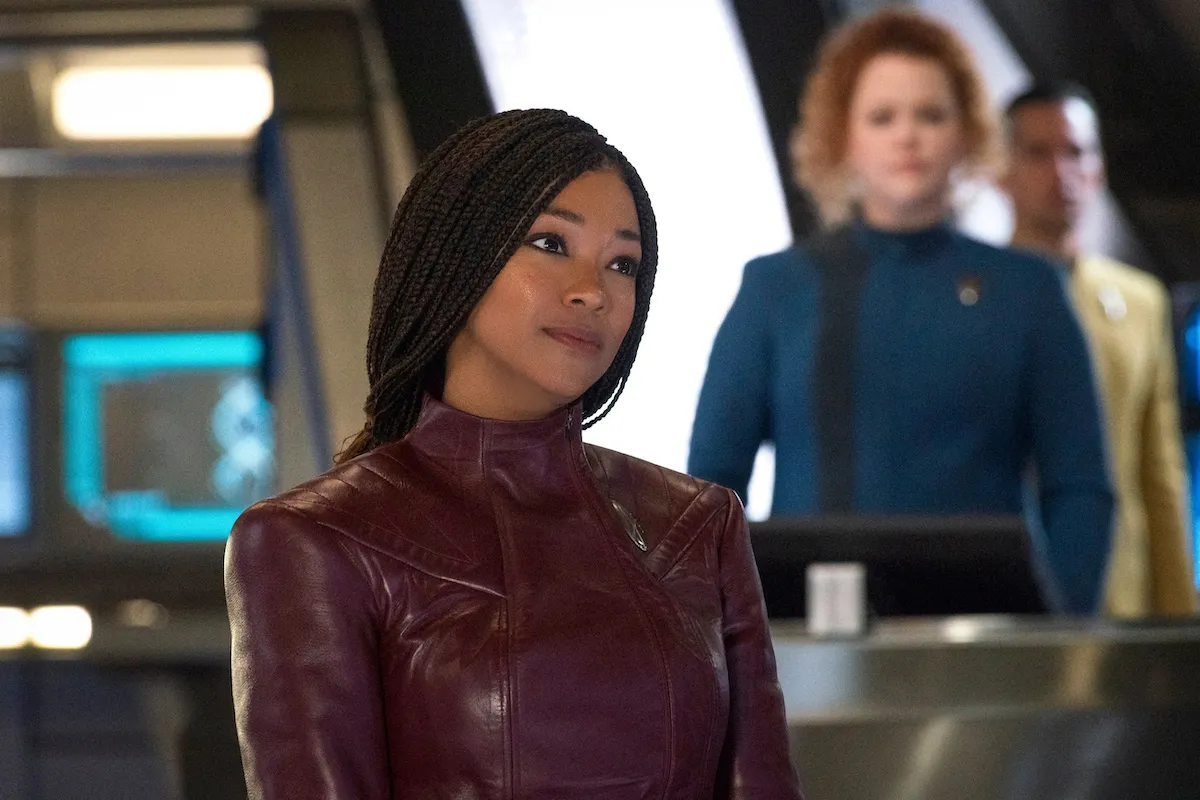
Starting with the beginning of a new war between the Federation and what remains of the Klingon Empire, Star Trek: Discovery follows Michael Burnham (Sonequa Martin-Green) on her path to captaincy. With plenty of time and dimensional travel and season spanning plot arc each season also has its own unique plot and vibe. The Discovery is also unique in that, unlike previous ships in other series, it uses a piece of technology called the spore drive to make jumps across the galaxy. Discovery does some very interesting things with this, involving mushrooms and an intergalactic biological network, but I won’t spoil it for you by going into details.
Star Trek: Short Treks (SHO)
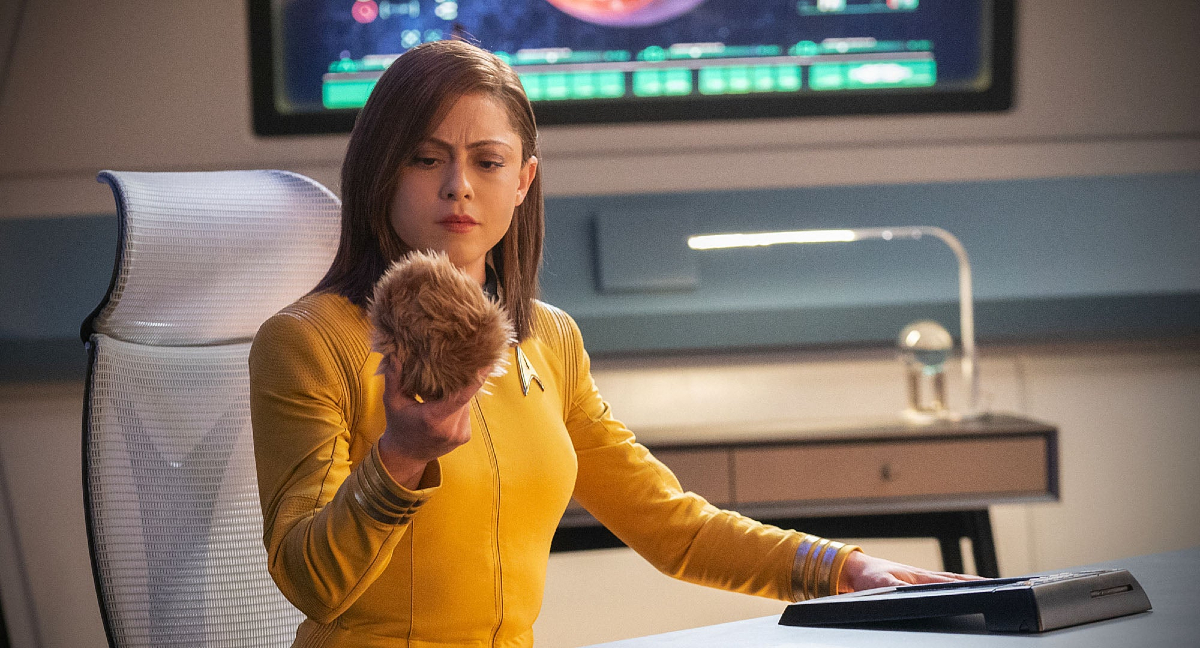
Short Treks is a companion series to Discovery, and features short episodes (10-20 minutes each) focused on small groups of characters that flesh them out or provide background information about the Star Trek-verse. It’s best to watch each season of Short Treks after the corresponding season of Discovery because they were intended to go together like that.
Star Trek: Picard (PIC)
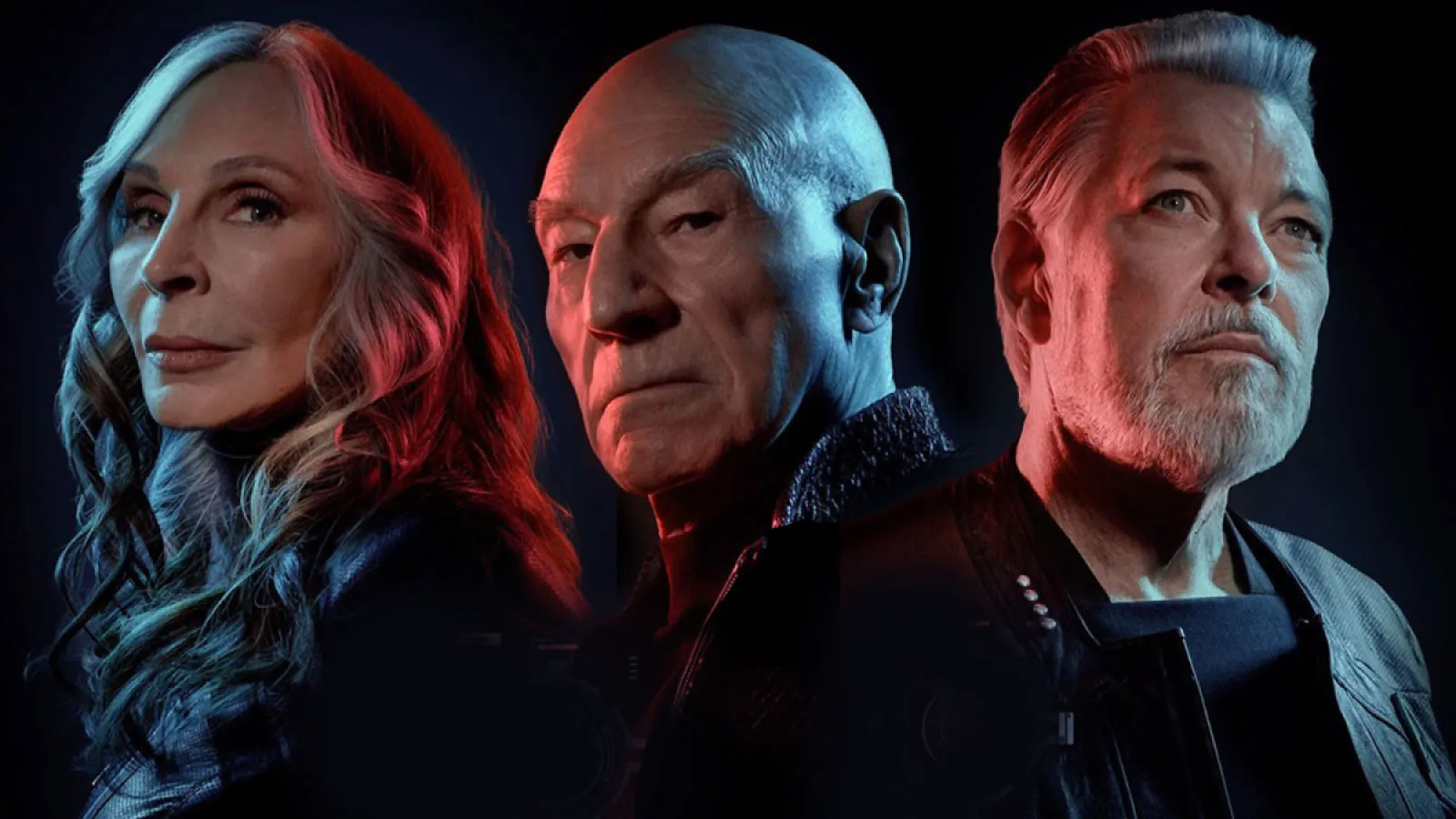
Returning to Captain Picard, now a retired Admiral in his nineties, Star Trek: Picard has a darker perspective on the Federation than TNG. Picking up where TNG left off in its interrogation of artificial intelligence and personhood, the series begins when Picard is contacted by a woman asking for his help, who turns out to be a synth connected to Data. Synthetic lifeforms—as well as any practical research unto them—have been banned, meaning she and all other existing synths are under a death sentence. Picard finds this abhorrent and, knowing some of them have survived, commits himself to ensuring they stay that way. PIC is full of intrigue, with conspiracies layered on top of each other, and provides an interesting expansion on what we know about Romulan society and culture.
Star Trek: Lower Decks (LOW)
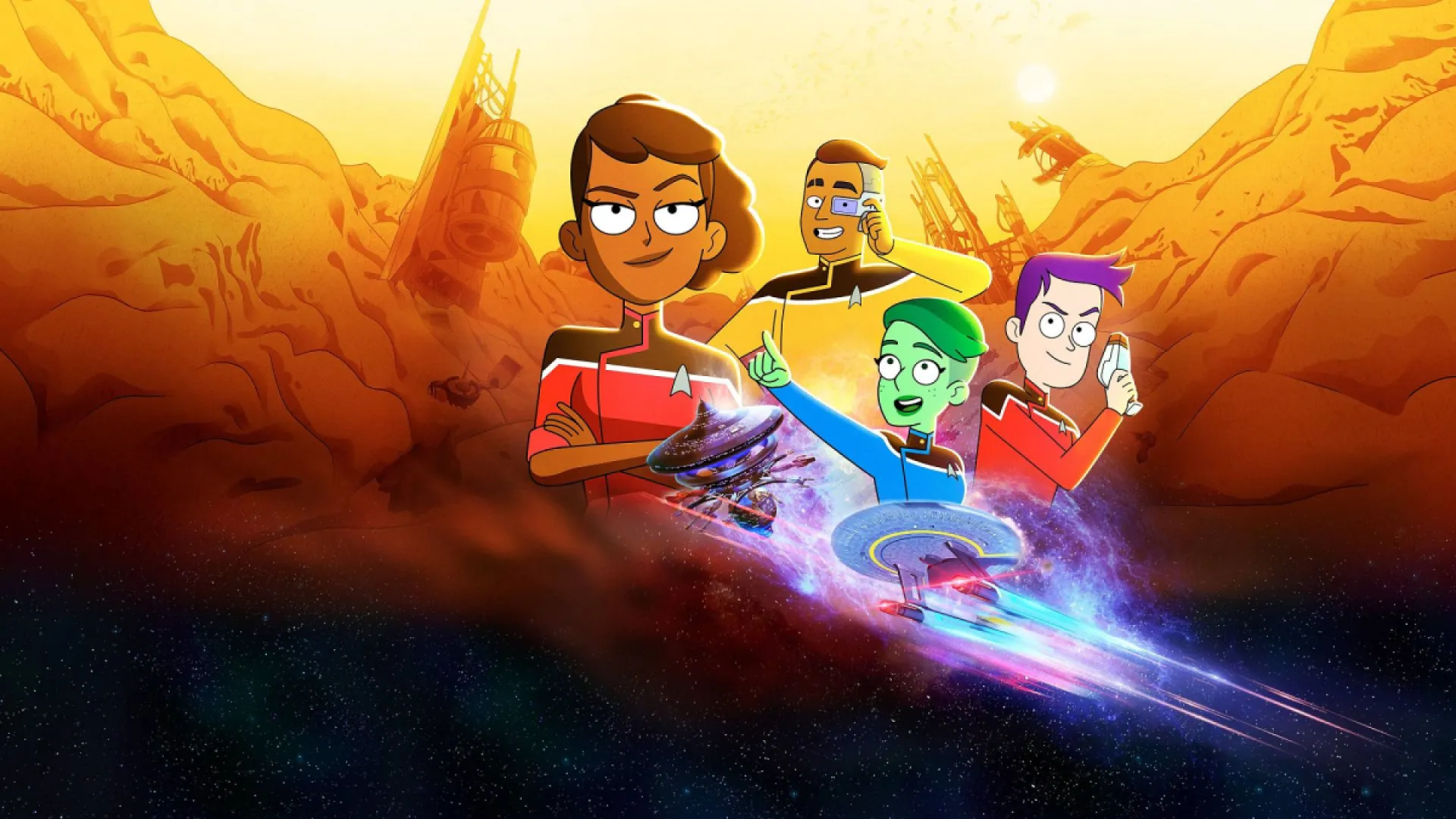
Another animated series Star Trek:Lower Decks explores the lives of lower ranking Starfleet characters with a mix of adult humour and sincere storytelling. Incredibly fun, with a lot of the TOS zaniness that later shows are missing, LOW is sometimes strangely serious as well. Unlike TAS, LOW is canon and sometimes ties in with other series.
Star Trek: Prodigy (PRO)
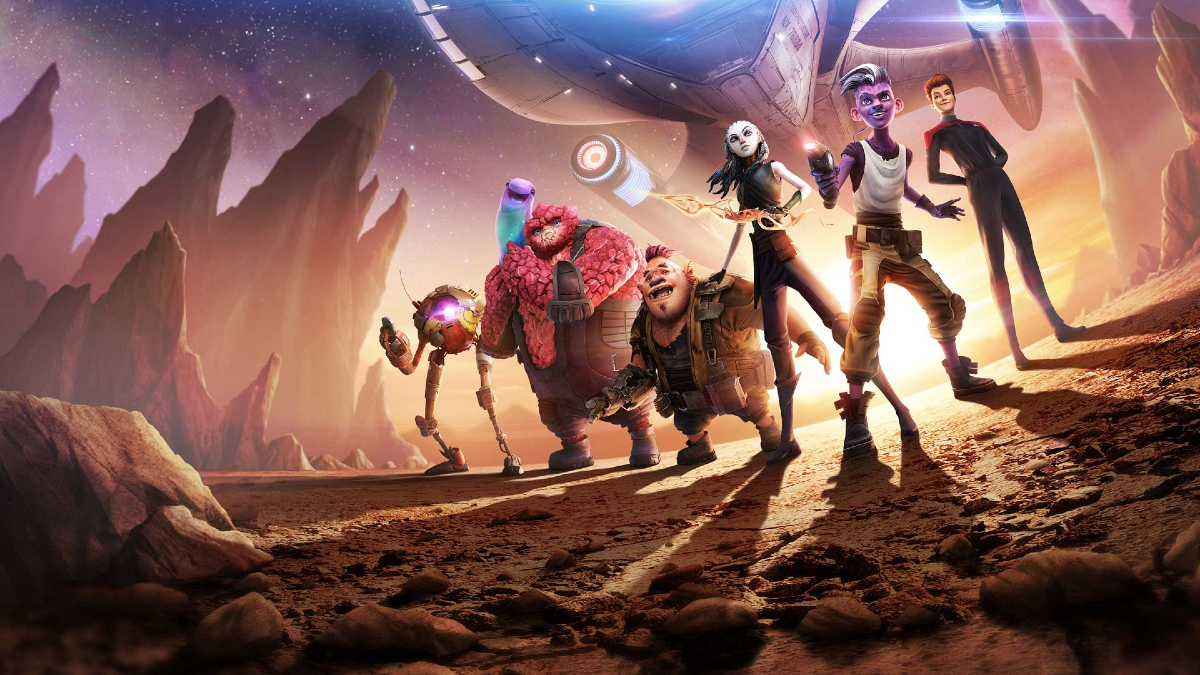
Aimed at children, Star Trek: Prodigy features a crew made up of teenagers and children of different species and is set in the Delta Quadrant. Imprisoned in a mining colony on an asteroid, the children find a Federation starship inside, with a holographic Captain Janeway serving as ship’s adviser/assistant. Using the ship to escape, and under pursuit from the prison’s villainous overseer, the children learn about the Federation and decide to make their way to the Alpha Quadrant in hopes of a better life. Obviously, on the way they have various adventures and regularly find themselves in child-friendly peril.
Star Trek: Strange New Worlds (SNW)
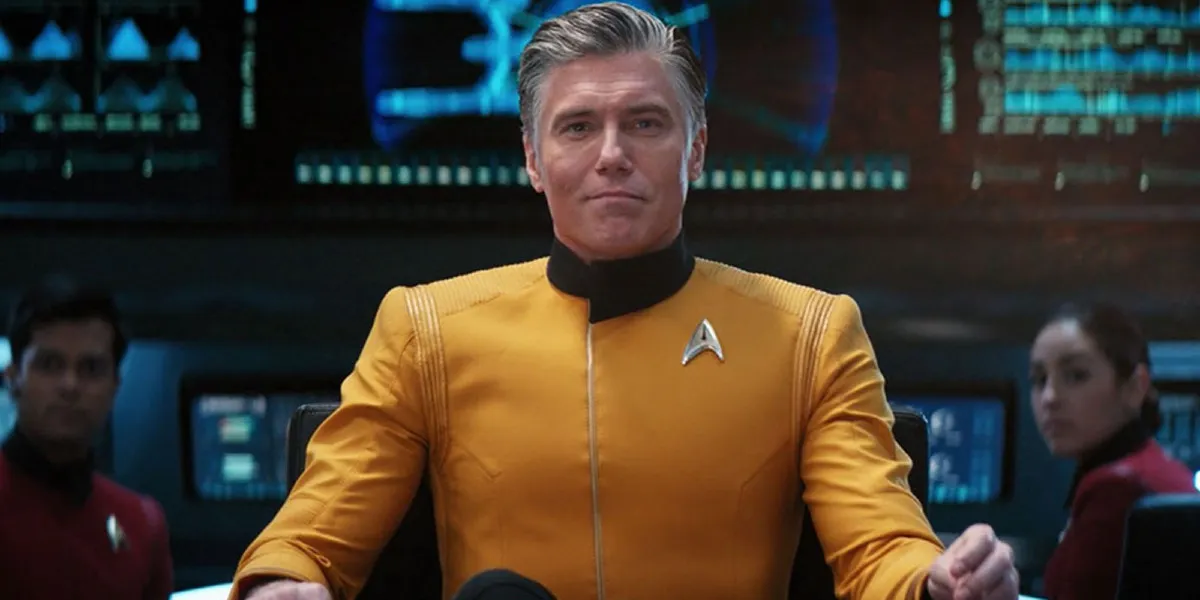
Following on from Captain Pike (Anson Mount)’s appearance is Discovery, Star Trek: Strange New Worlds is about the Enterprise during his time as captain. Featuring beloved classic characters like Spock and Uhura, SNW recaptures some of the feel of TOS with high stakes, single episode adventures and a wide variety of plots—ranging from classic first contact encounters to body swaps and sentient nebulas. SNW also deals with some of the complex, ethical questions Star Trek is so good at, and does it well (no spoilers here). One of the most interesting things about the series is Captain Pike’s awareness of his eventual, horrible fate and his path to accepting it in order to do the right thing for the rest of the galaxy. SNW balances classic sci-fi adventure with serious, personal drama.
If after all that you still want to try and re-watch every Star Trek series in chronological order instead, well—good luck and godspeed! Let us know how it turns out in the comments.
(featured image: Paramount / The Mary Sue)




